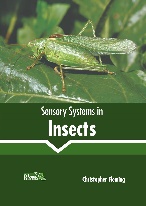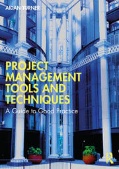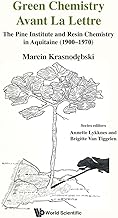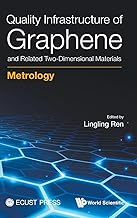
Book
Sensory Systems in Insects
ISBN : 9798893640984
Author : Christopher Fleming
Publisher : Callisto Reference
Year : 2025
Language : English
Type : Book
Description : Insects possess a remarkable array of sensory systems that allow them to perceive and interact with their environment in highly specialized ways. These sensory systems play crucial roles in various aspects of insect life, including foraging, mating, communication, and navigation. One of the most prominent sensory systems in insects is their olfactory system, which enables them to detect chemical cues in their environment. Insects have specialized olfactory receptors located on their antennae, mouthparts, or other parts of their body, allowing them to detect a wide range of odors. This sense of smell helps insects locate food sources, identify mates, and avoid predators. Insects also have well-developed visual systems. Many insects have compound eyes composed of multiple photoreceptor units called ommatidia, which provide them with a wide field of view and rapid motion detection. Some insects, like bees and butterflies, can see in the ultraviolet spectrum, allowing them to perceive patterns on flowers and navigate using polarized light cues. Mechanosensation is another important sensory modality for insects, allowing them to detect mechanical stimuli such as touch, vibration, and sound. Mechanoreceptors located on their antennae, legs, and other body parts help insects perceive changes in their environment, such as the movement of nearby objects or the texture of surfaces. Many insects possess specialized sensory structures for detecting temperature and humidity, enabling them to regulate their body temperature and locate suitable microenvironments for survival. The aim of this book is to present researches that have transformed this discipline and aided its advancement. Different approaches, evaluations, methodologies and advanced studies on insect sensory systems have been included herein. This book will prove to be immensely beneficial to students and researchers in this field.








